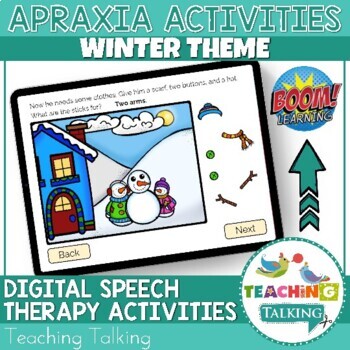There are so many responsibilities that go into being a classroom special education teacher, that sometimes I forget my main classroom goal: communication. Curriculum, state standards, assessments, reports, behavior, data collection, parent communication, potty training, sensory integration diets...and the list goes on and on. I often find myself overwhelmed with where to start at the beginning of the year. In an ideal situation, I'd have a class free of behaviors, where data collection is done daily and all my staff was fully trained. But we all know that this is rarely the case. So I do what I can with what I have.
With all that said, I have been trying to get away from the mindset that communication is taught at a specific time or during a specific lesson. Sure, I do like to have set times of the day where I teach PECS initially or small group time devoted to phonology activities. But really communication
can and
should be taught throughout the day in a naturalistic manner.
Many of my students have special sensory diets to help them focus during class time. At first glance this can seem rote and not very interactive. But there are many ways you can incorporate functional communication (both receptive and expressive skills) into sensory breaks.
Making a Choice
Provide your students with a choice board of the available sensory activities you have chosen for the day. It will provide them with a sense of control, but also teach them how to make a choice.
Waiting
Have a wait card ready (Click
HERE to download my free functional communication supports) and have your student hold the wait card between activities while you set up. This is an easy and basic way for them to practice waiting during a structured activity. Of course you will want to reinforce your student when they are successful at waiting (it's a really hard receptive skill for many of our little ones).
Requesting an Activity
In addition to providing choices, allow students to request activities in their primary mode of communication. It is also a good idea to hold back activities until they request. Keep items in sight, but do not immediately offer unless the student appropriately requests or provides an approximation.
Requesting More
Stop an activity briefly and prompt the student to request more. Eventually fade your prompts and require your student to request on their own.
Stop/All done
When you can see that a student is wanting to be all done with a task, prompt them to use appropriate language like "stop, please" or "all done."
Following a visual schedule
Sometimes I use a mini visual schedule for my students who have sensory diets to help keep behaviors to a minimum. Following a schedule is a very important receptive skill that all students...actually all humans should know.
Finally, I used to get frustrated at how much staff support sensory breaks required. Most of the time it's a one on one situation; and that can really take away from class time. However, you can make that challenge work in your favor if you are also devoting that time to communication goals. For me, it just makes the time more intentional, interactive, and meaningful.










